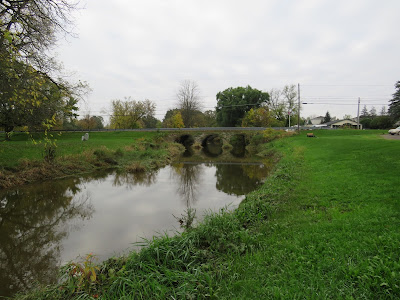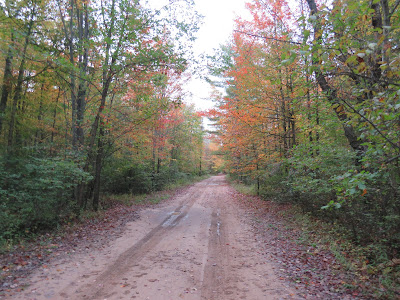Under mostly cloudy skies and temperatures in the upper 20’s, Riley and I begin an early morning hike on a snow-covered trail in the Forest Hill Nature Area, where I notice fresh deer and deer mouse tracks. Up ahead, I glance at the pinkish sunlit clouds above Mallard Marsh and overhead surrounding a gibbous moon. Passing through North Woods, I’m not surprised to see a leafless canopy and, given a recent windstorm, a large Ash tree that fell on the trail. Continuing through Succession Field, I spot more aged Goldenrod Bunch Galls than I’ve ever seen in all my years hiking here. Last summer, there must have been a lot more midge flies than usual to infect Goldenrod stems, forming the galls. Along the edge of South Woods, I glance at a row of White birch trees before scaring up an Eastern Cottontail rabbit that sprints out of sight. Following its tracks, I discover where it jumped about 6 ft. over the snow. These rabbits have been known to leap as far as 15 feet and run up to 18 mph. Approaching Willow Wallow, I can barely make out a female Goldfinch perched high on a leafless tree branch. Climbing to the top of Reflection Hill, I’m surrounded by patches of Little Bluestem grass that turn a lovely reddish color in the winter. Glancing eastward, I first spot a Crab apple tree where the only fruit remaining are above the reach of previously feeding deer and then ice-covered Grebe Pond. Following the trail south toward Brady Cemetery, I observe some fruit still hanging on including, Rose Hips and Wild Grape. Turning north into the Native Prairie, I immediately notice the familiar gait pattern of a coyote, called an overstep trot that leaves a line of straight and narrow tracks. This pattern means that the hind foot lands in the same spot as the front foot, creating an illusion that it was made by a two-legged creature which is a behavior practiced by coyotes to save energy and aid in survival. Domestic dogs don’t have to worry where their next meal comes from and don’t need to save energy, so they often walk sloppily with all four feet showing. Continuing north toward the car, I pause on the edge of Grebe Pond to watch recently installed flags flap in the breeze. Apparently these flags deter Geese from gathering to mess up the dock and shoreline with their scat.
No colored lights
On pines of green
No shiny tinsel
On spruce are seen
No carol music
Disturbs the peace
Only the wind
Call of the geese
No angels on high
No child is born
Nature awakes
Christmas morn
D. DeGraaf
















